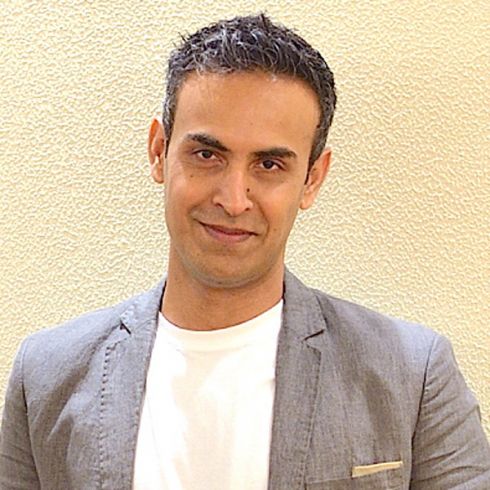
MUMBAI: Finding newer and newer avenues to grow is a way forward for any entity. This concept is no different for radio network- Radio Mirchi, which is going beyond its terrestrial radio business to strengthen its digital radio, along with its flourishing live business. Despite having 12 Internet Radio stations, Radio Mirchi plans to add more online stations based on consumption patterns.
“There will be a constant stream of Internet stations releasing in the time to come as we are very aggressive in that space,” said Radio Mirchi digital initiatives head EVP Rahul Balyan.
Balyan added that Radio Mirchi will give consumers what they need and will continue with their "bullish" approach towards digital. The network’s latest offering has been regionally inclined with ‘Yo! Punjabi Music’ and ‘Mirchi Tapaka’. However, Balyan revealed that their future offerings will explore genres like EDM or Ghazal.
Without being partial, Balyan who is working towards building the digital entity, which is operated by traditional radio, he said, “Both mediums can grow. I do not believe that digital will take over Private FM in the medium term considering both target a different set of audience. There is headroom for both to grow.” Responding to critics who believe traditional radio will lose to digital, he said that internet radio is still small in India in terms of overall reach v/s the traditional FM. While online radio adoption is going up especially in the premium end of the consumers, but it reaches out to less than 30 million users monthly, while traditional FM reaches more than 200 million users every week.
Radio Mirchi’s digital radio content, which is powered by music streaming service Gaana, is another entity under its parent company-The Times Group. When quizzed if they plan to partner with any other streaming services, Balyan added, “For now our partnership with Gaana works very well. We will continue with them and we will continue growing this business in much bigger way. That is how, the brand can be built.”
He also revealed that internet users who log onto Radio Mirchi’s internet radio spend 40-60 minutes listening to it, on an average. Balyan said, on an average, 70 per cent of traffic is from India and the rest comes from across the world like the US, UK, Pakistan, Caribbean Islands and Australia. “Interestingly, within India, the largest share comes from non-metro,” he added. However, these figures may vary based on different stations, considering there are international and niche online radio stations.
Commenting on the data rich medium –internet radio, Balyan said, “We are looking at different opportunities and talking to brands. However, we do not want to clutter the platform with too many brands.” One such experimental activity was the spiritual radio- Mirchi Devraag, on which a concert was live streamed. Adding to that Balyan said that they are looking forward to use the learning from this experience to provide new avenues to monetise.
Apart from Radio Mirchi, its counterpart- Radio City is the only network that has online radio. When quizzed about the lack of interest among other players, Balyan said, “It is tough to run a profitable digital business as royalty costs are very high, and not many businesses can afford the royalty cost which the music labels expect.” On how the competition may respond in the future, he said, “No internet music service has been profitable in India yet, and music labels will need to support the online music services to make them sustainable. Piracy is a common issue, and it can only be tackled by offering more legitimate online options.”
Responding to those who criticised the monies that poured in during the Phase III auction, he said that Phase III has added many cities and radio will continue to grow upwards. “Investment in Phase III makes sense and people who think it does not, I would say, they are not looking at it in a right way.”